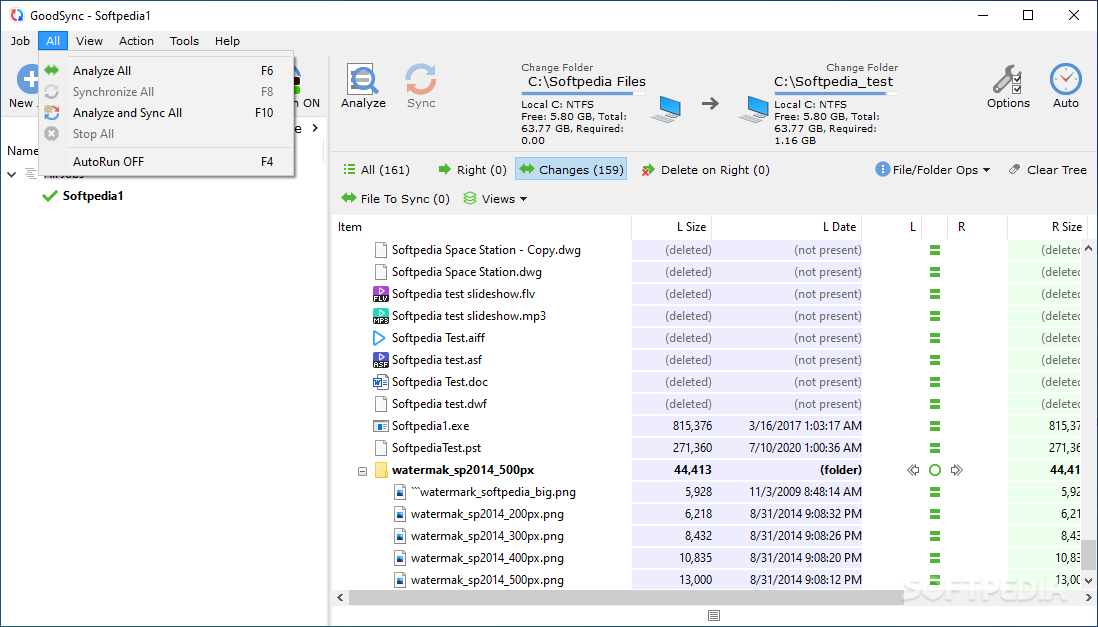
If photography is not your thing, maybe you could benefit by syncing your music, documents, or email contacts between a desktop and a laptop. You could then view, edit or manage your photos on any of the computers, and the changes you make will be automatically reflected to the others. When you upload your latest batch of photos from your digital camera to your desktop, an automatic sync process would make sure those photos are copied to the other computers. For example, Let's say you have three computers in your home, and you're into photography. Sync is preferred for making the same set of files available for use on multiple devices. Individual files must be restored from the backup file before they can be used again. Instead, files are compressed to save space and stored in a single backup file. It's possible to make backup copies by just copying a bunch of files from source to destination, but that is not how most backup programs work.


So to preserve and protect important data, you don't want to rely on syncing.Īnother difference between backup and sync is that in a sync, the files copied to a new location remain in their original forms. But a file deleted in the source will also be deleted in the destination if a sync is performed. Now, let's see what that means for backup purposes.Ī backup is supposed to preserve a copy of data in a destination location in case it's deleted or corrupted in the source location.

When files are added, deleted, or changed in any one location, the changes are replicated in the other location(s). The object of syncing is to maintain identical files and folders in two or more locations. Syncing, on the other hand, is a two-way copying process. When should you backup your data, and when should you sync it? It helps to understand the differences between the two processes.īackup is a one-way process: files are copied from the source location to the backup destination, and that's it. I can understand why some people are confused about the processes of data backup versus data synchronization (or "syncing," as it's called).


 0 kommentar(er)
0 kommentar(er)
